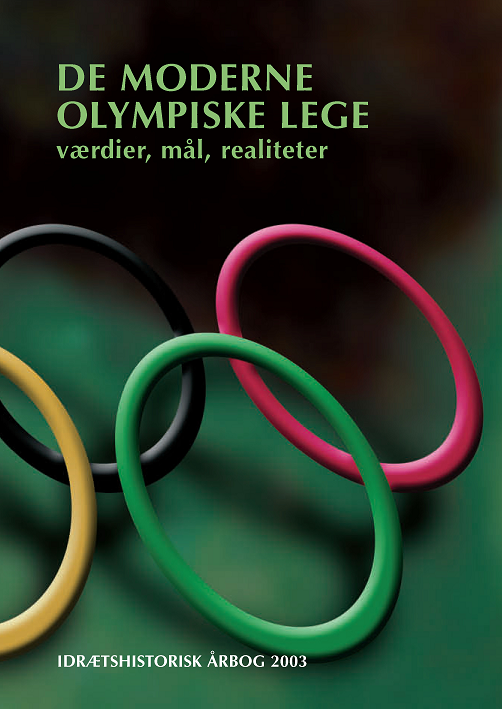Olympiske erindringssteder
DOI:
https://doi.org/10.7146/ffi.v19i1.31716Resumé
Konstruktion af erindringssteder og national identitet - OL i 1896 og 1936 bruges som eksempler.
Olympic places of remembrance
From the beginnings of the modern Olympic games the events themselves have provided material for the construction of remembrances. But so have the edifices, the rituals, the actions and the people associated with them. Staging and message, intention and unconscious association have varied according to the current political situation and contemporary taste, but also according to resources and technological progress. The Olympic games prove themselves here to be adaptable, accommodating themselves as well to the invocation of ancient Greek ideals as to the dramatization of Nazism’s sense of superiority. In selecting remembrance sites, the players involved have to a large extent had a free hand. Anything large, beautiful and elevated, anything which can provide tradition and culture, anything which enhances prestige and is blessed by the legitimate taste of the time can be used. Olympic places of remembrance are glorifications of the past, illusions of eternity and teleological directedness towards their own age all rolled into one. They link an imaginary present with a fictional past. The question of what constitutes the special fascination of the Olympic games has been addressed by MacAloon, who tried to provide an answer with the assistance of a “Theory of Spectacle”. In my opinion, however, the idea of the construction of places of remembrance can also contribute to an improved analysis and interpretation of the Olympic games.
Downloads
Publiceret
Citation/Eksport
Nummer
Sektion
Licens
Forfattere, der publicerer deres værker via dette tidsskrift, accepterer følgende vilkår:
- Forfattere bevarer deres ophavsret og giver tidsskriftet ret til første publicering, samtidigt med at værket er omfattet af en Creative Commons Attribution-licens, der giver andre ret til at dele værket med en anerkendelse af værkets forfatter og første publicering i nærværende tidsskrift.
- Forfattere kan indgå flere separate kontraktlige aftaler om ikke-eksklusiv distribution af tidsskriftets publicerede version af værket (f.eks. sende det til et institutionslager eller udgive det i en bog), med en anerkendelse af værkets første publicering i nærværende tidsskrift.
- Forfattere har ret til og opfordres til at publicere deres værker online (f.eks. i institutionslagre eller på deres websted) forud for og under manuskriptprocessen, da dette kan føre til produktive udvekslinger, samt tidligere og større citater fra publicerede værker (se The Effect of Open Access).





